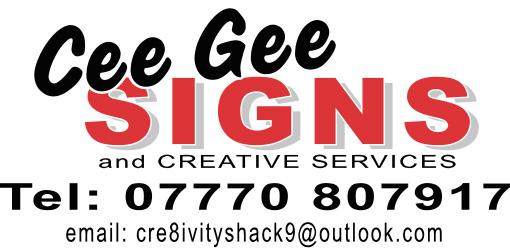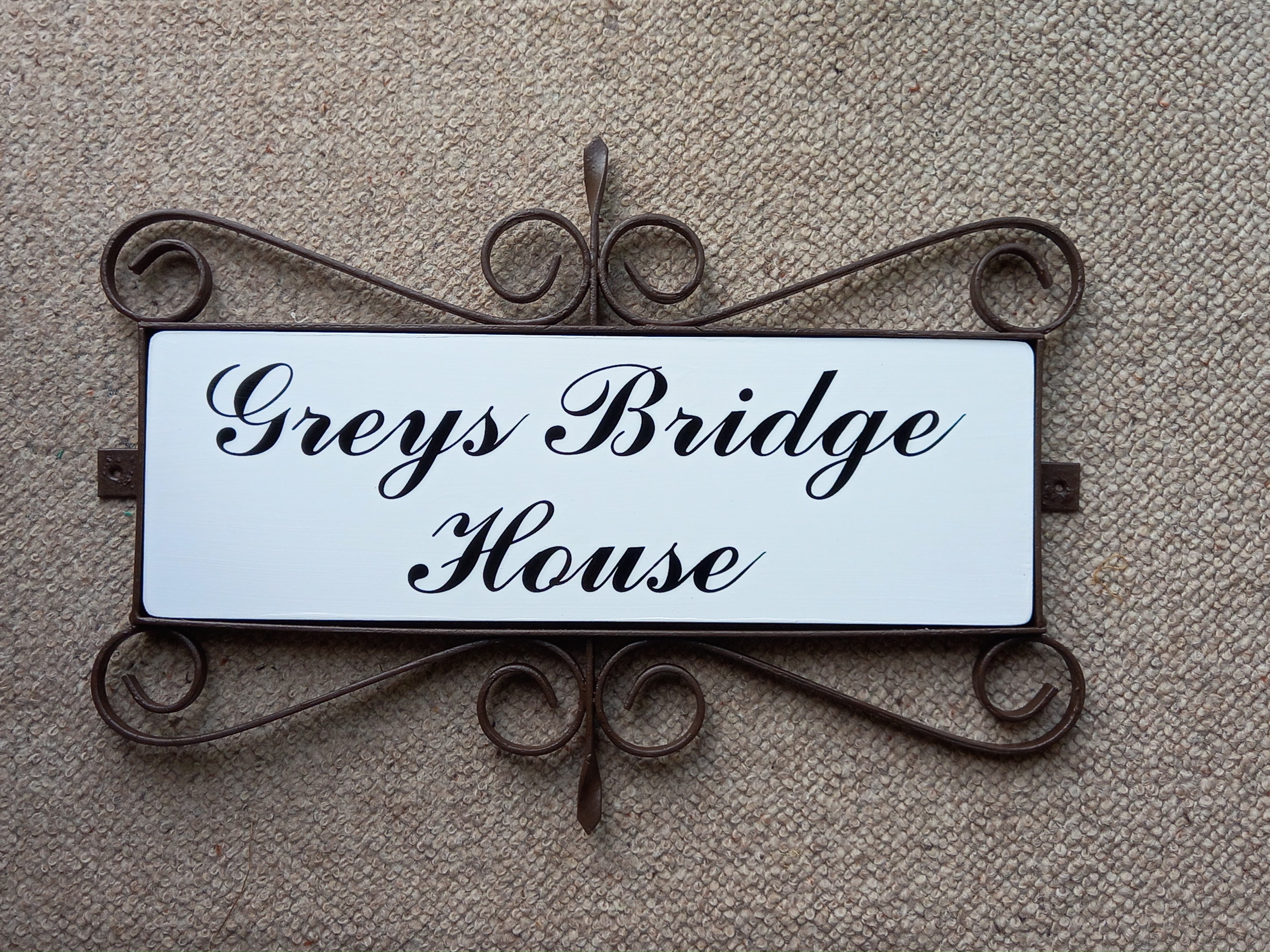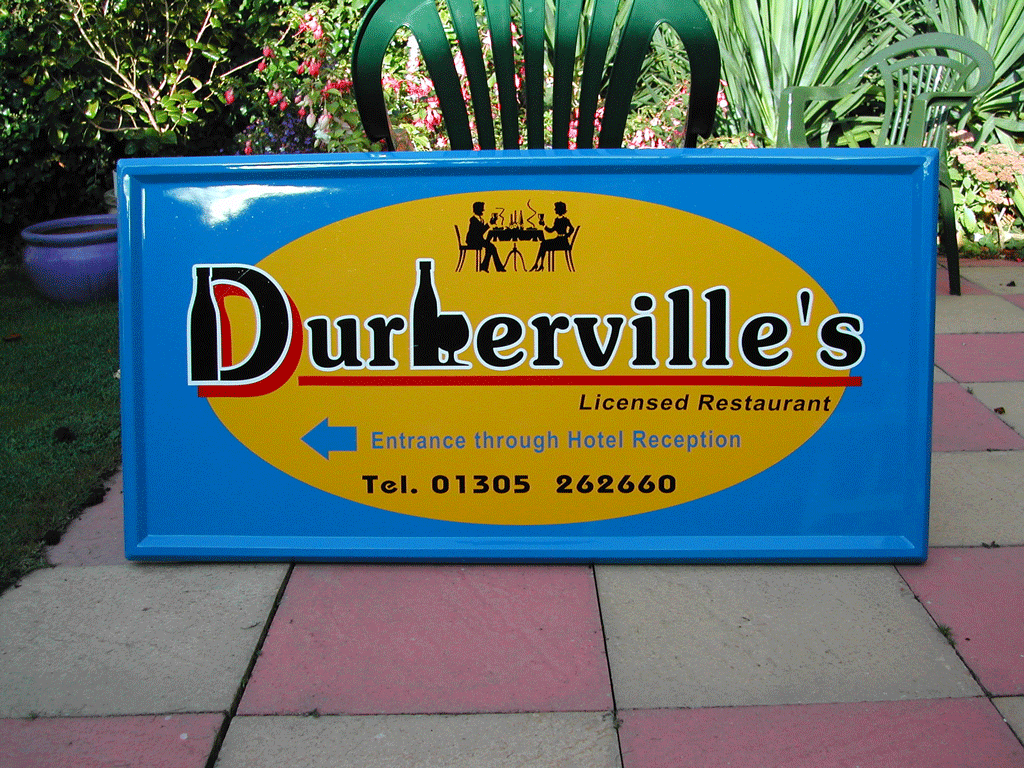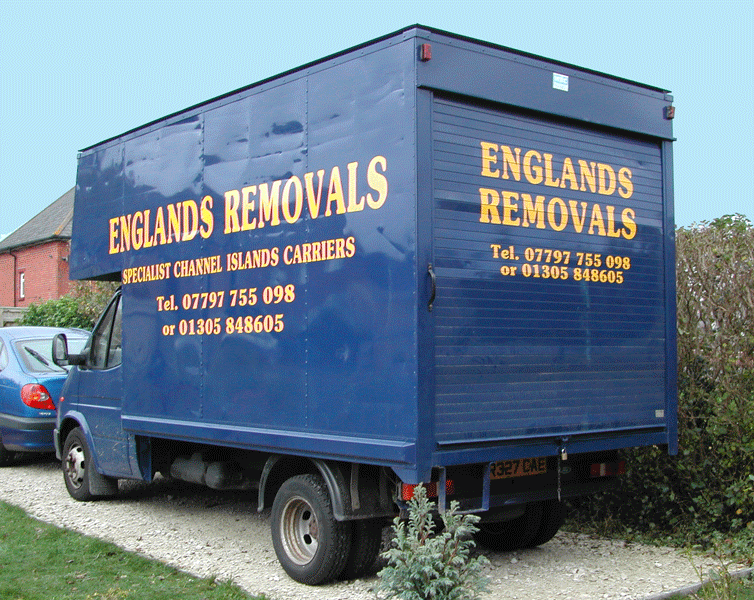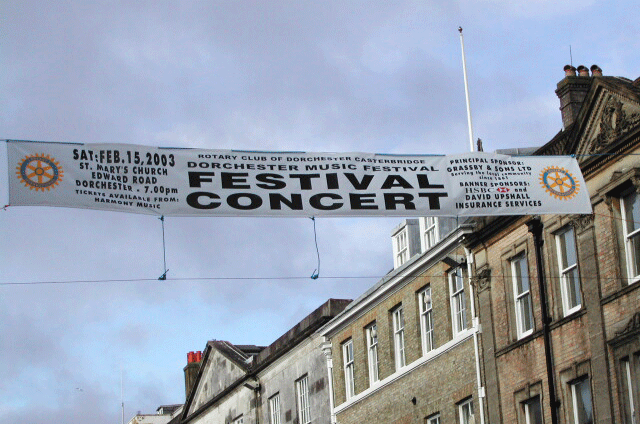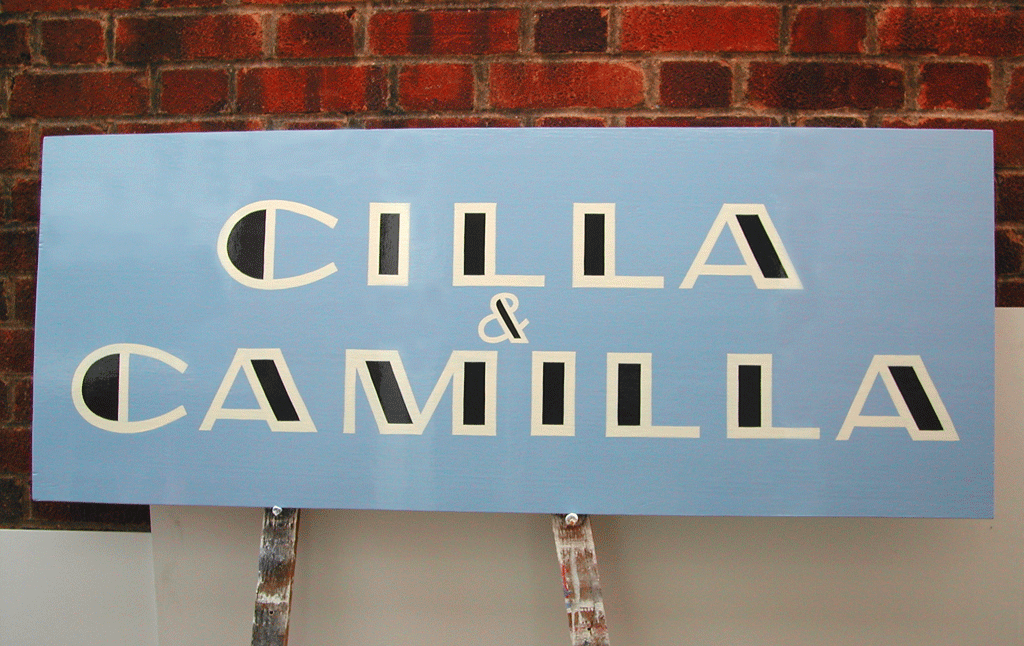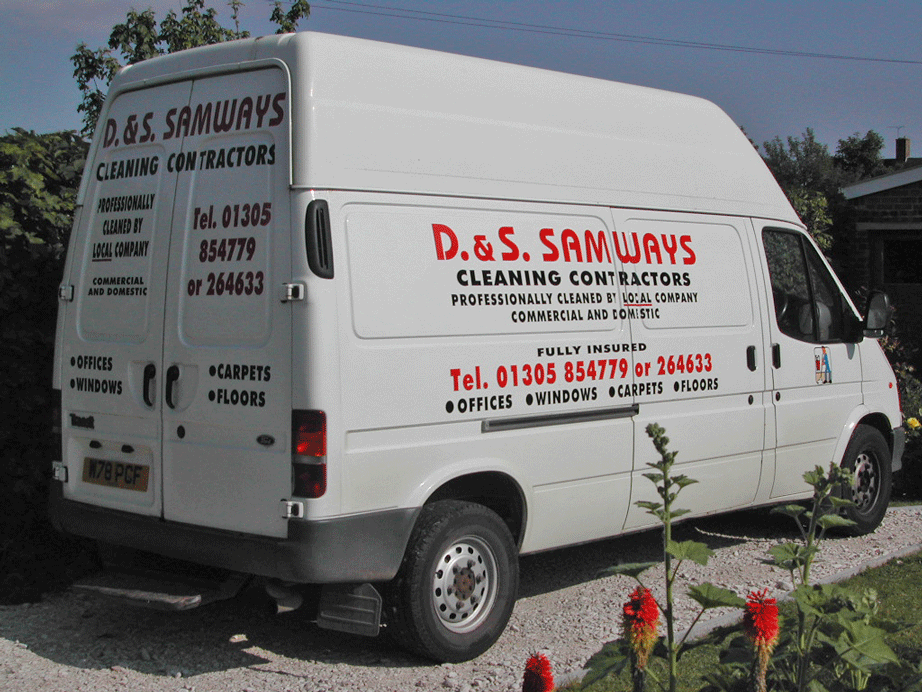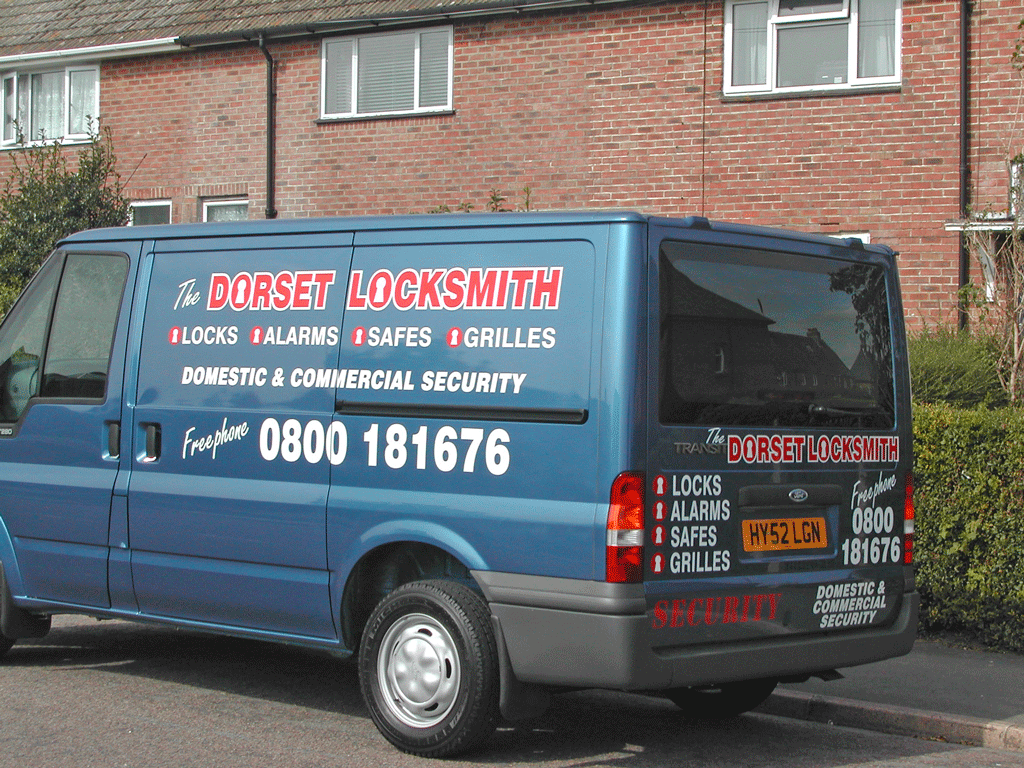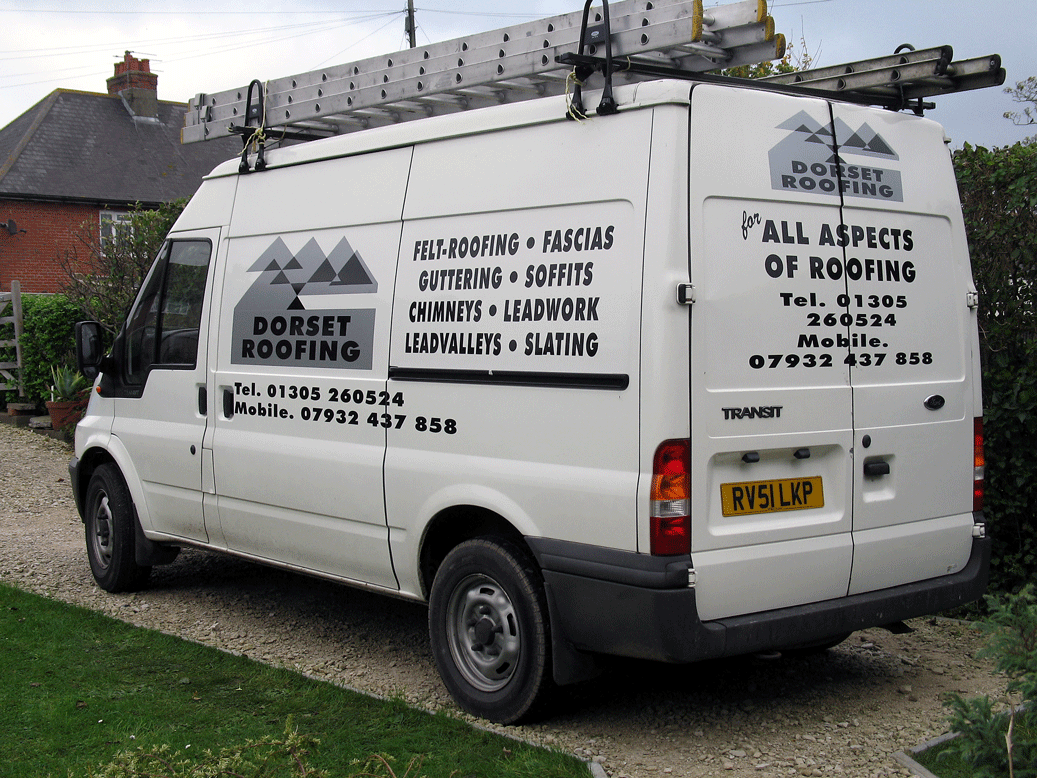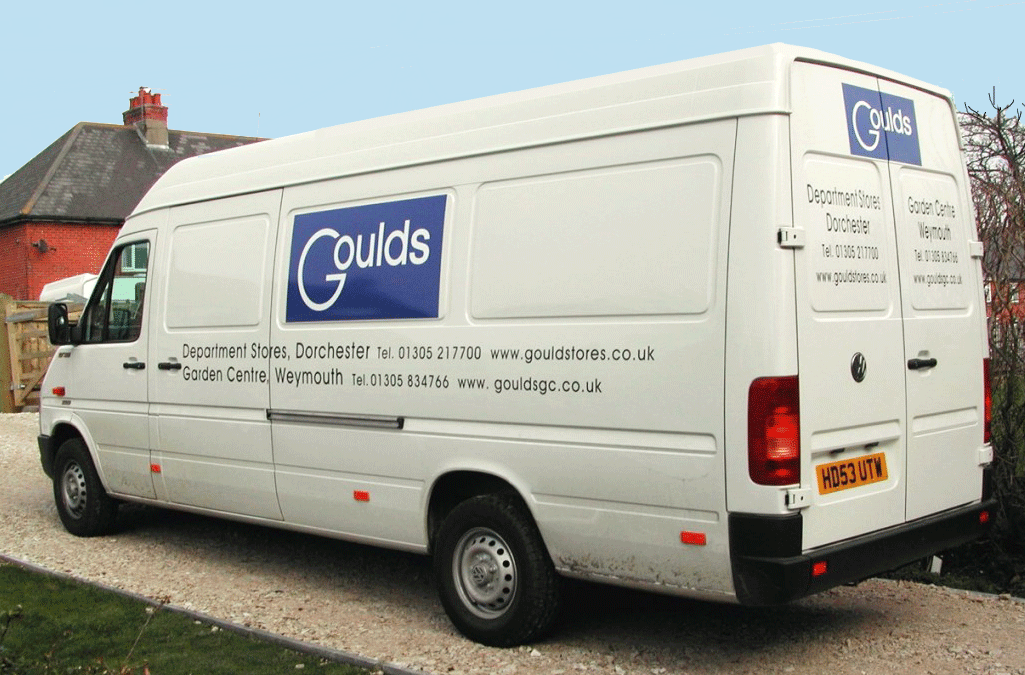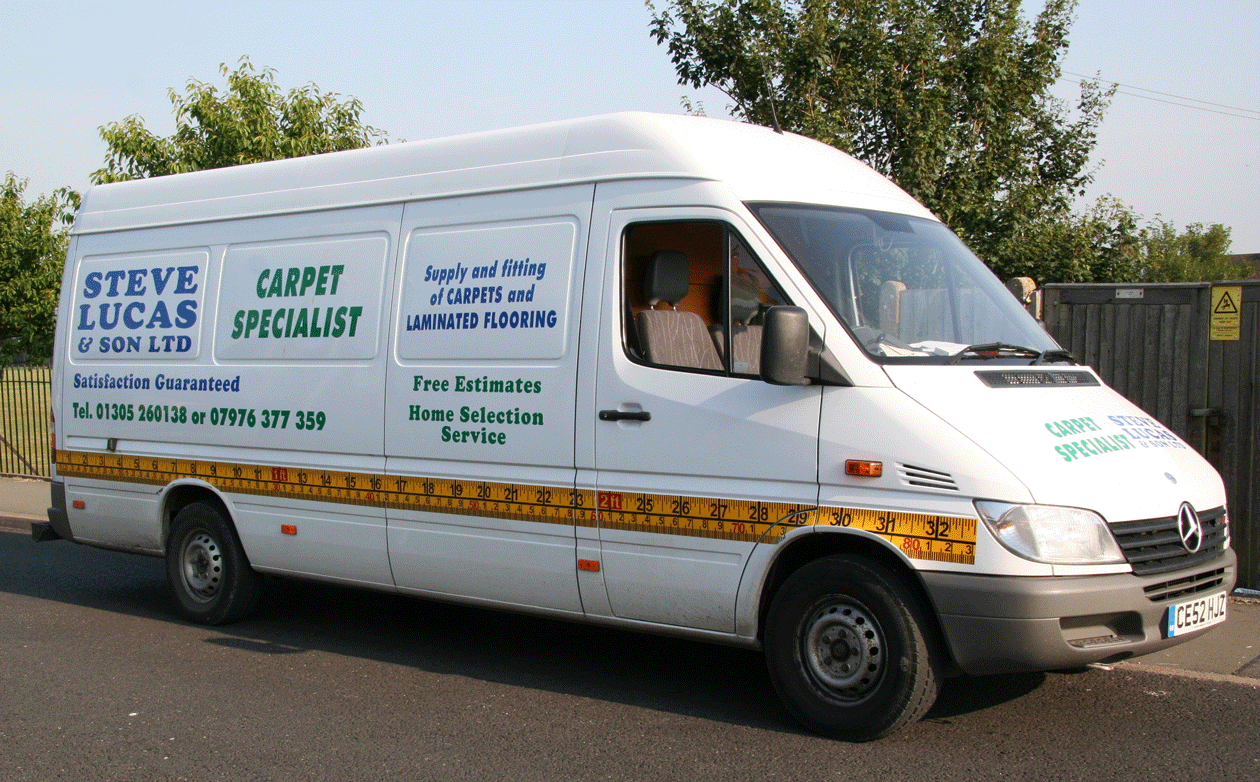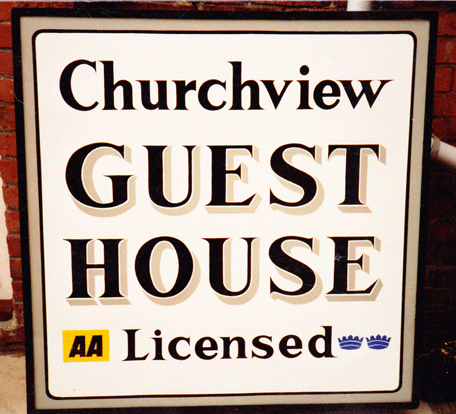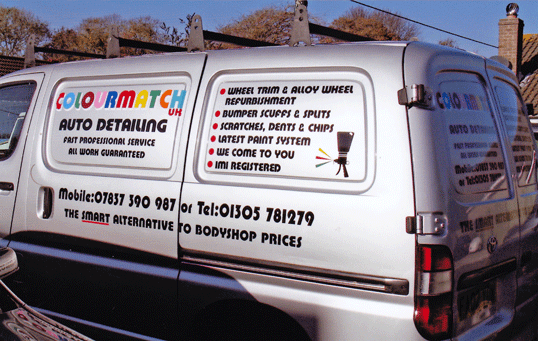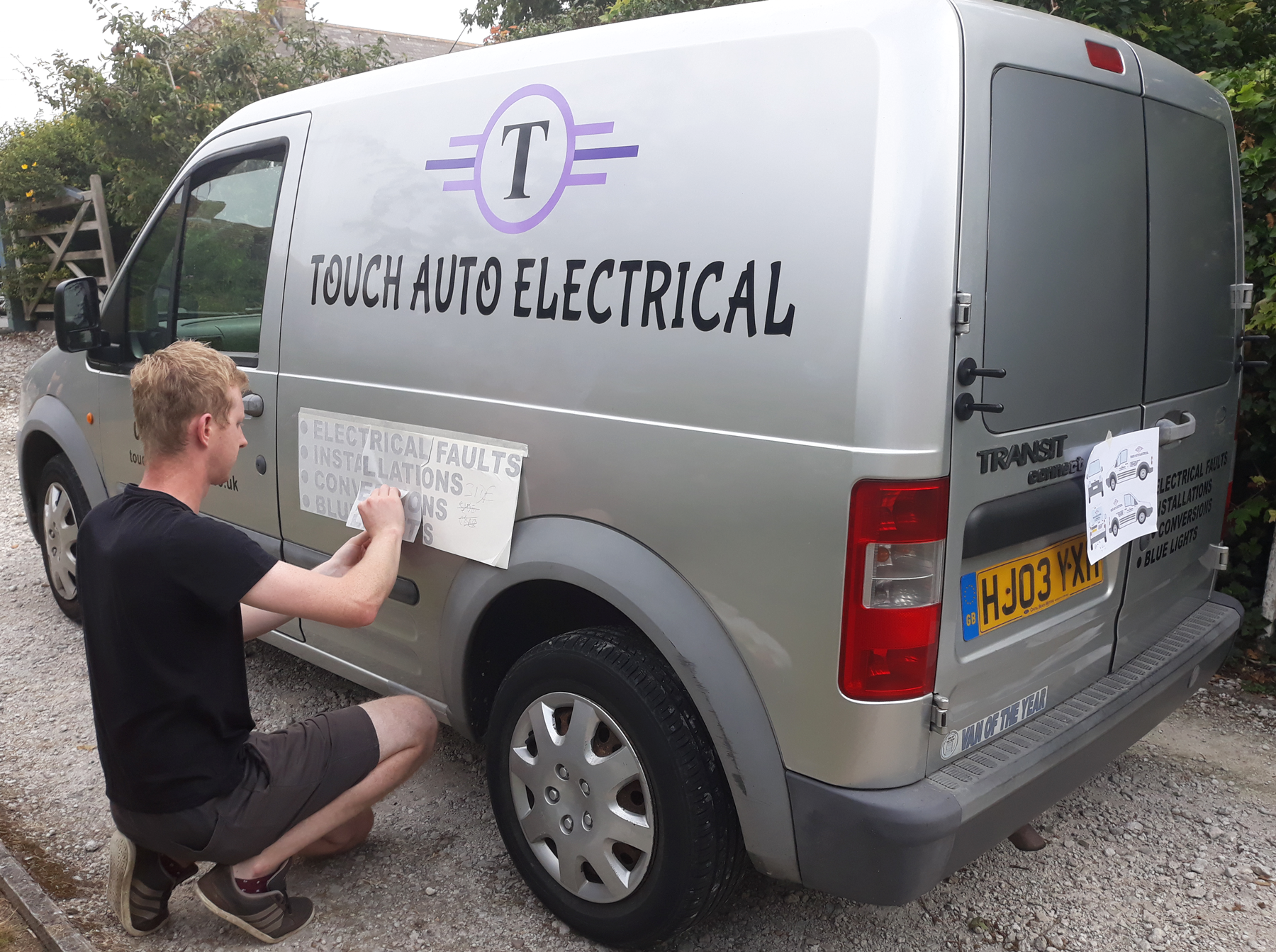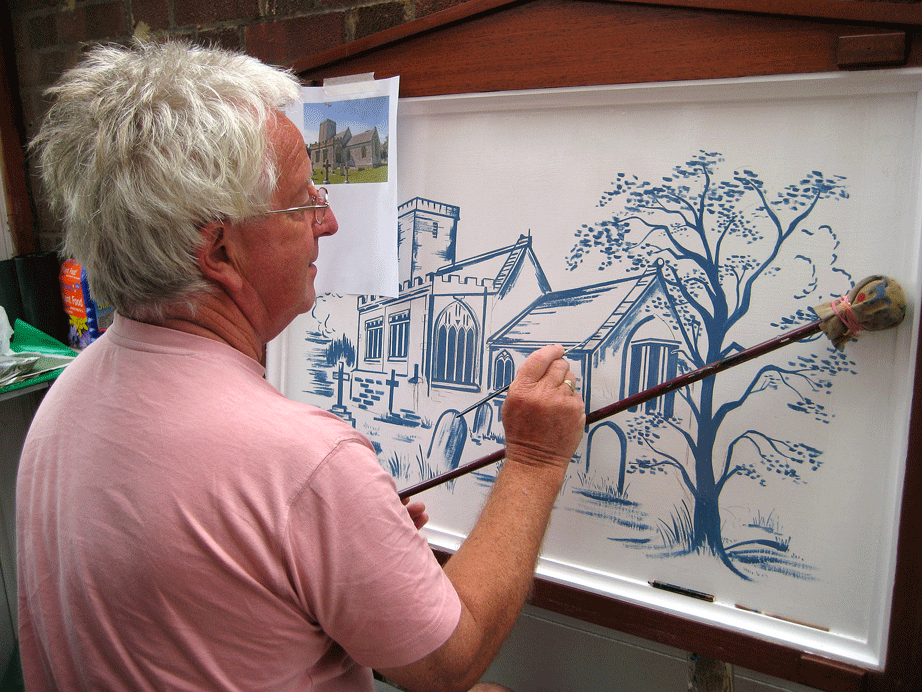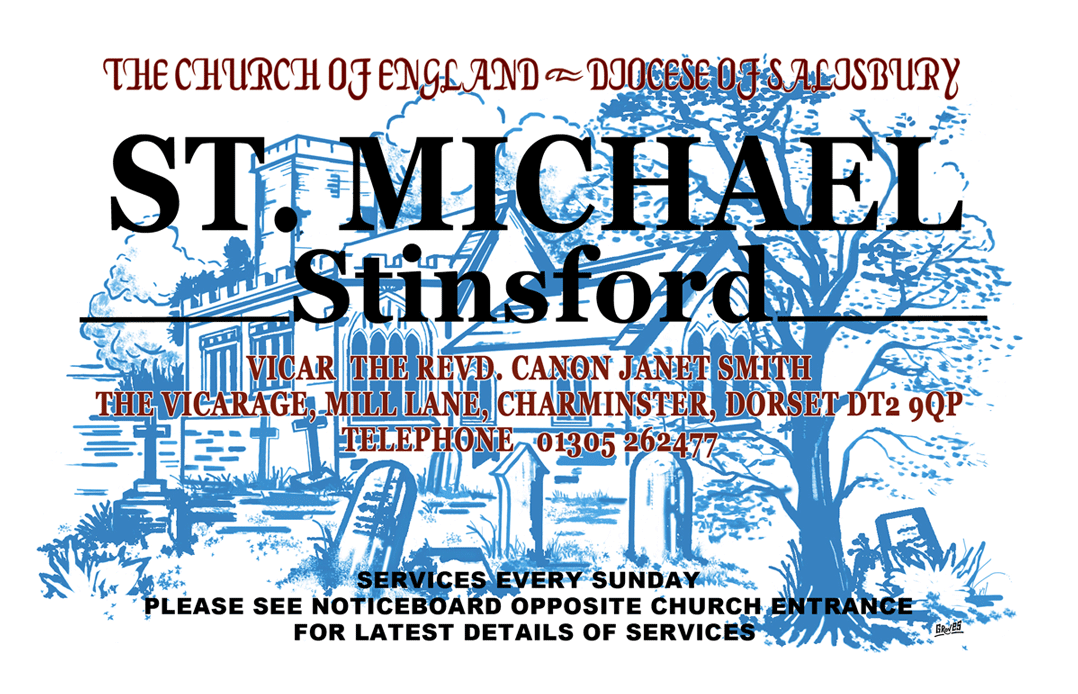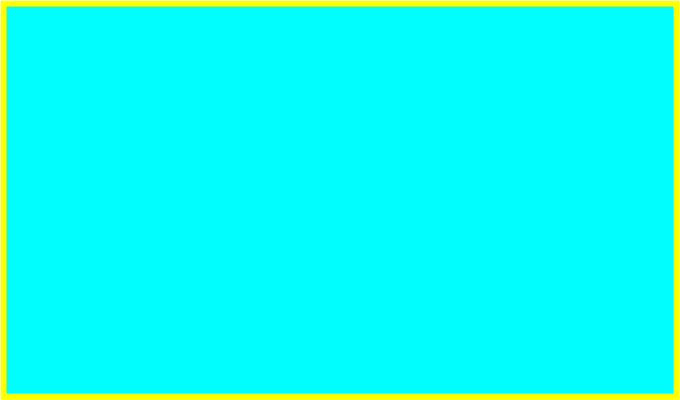
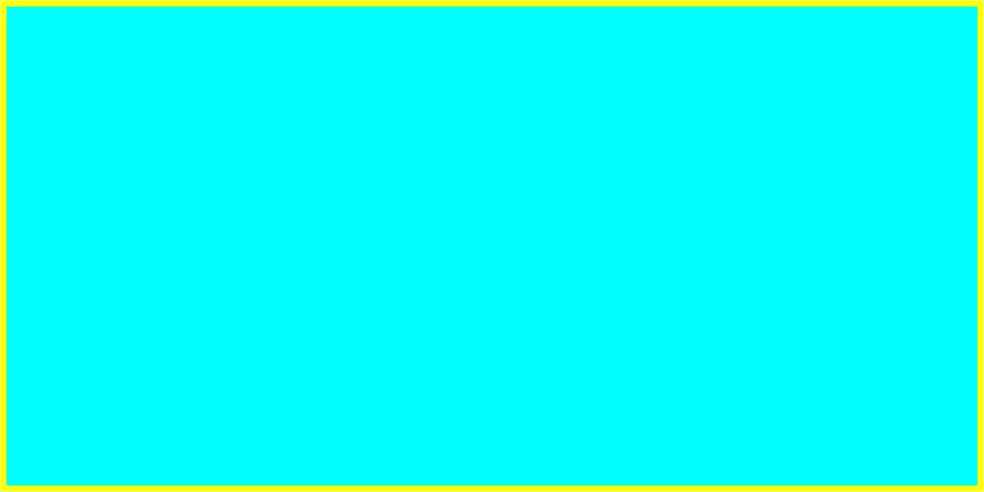

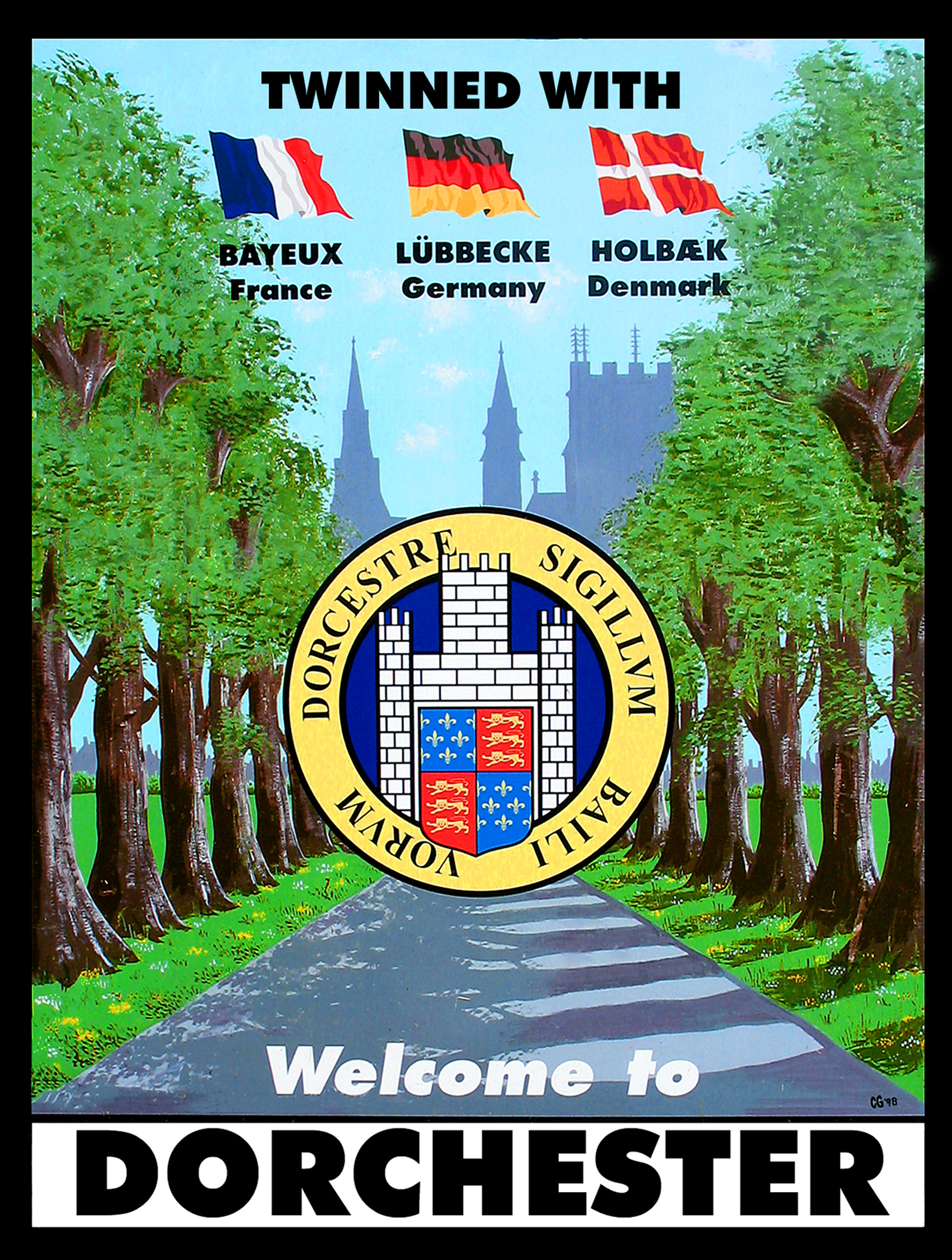
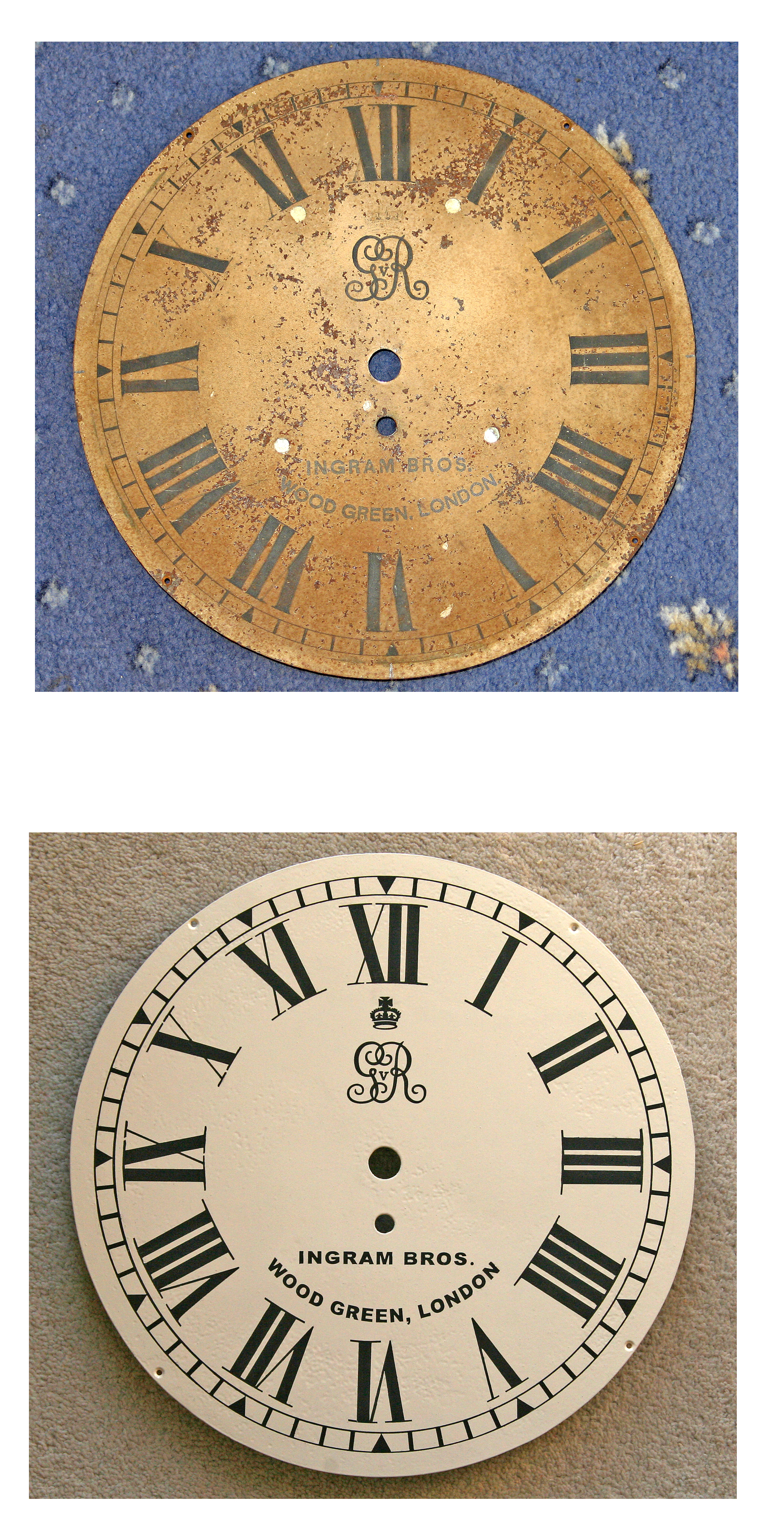
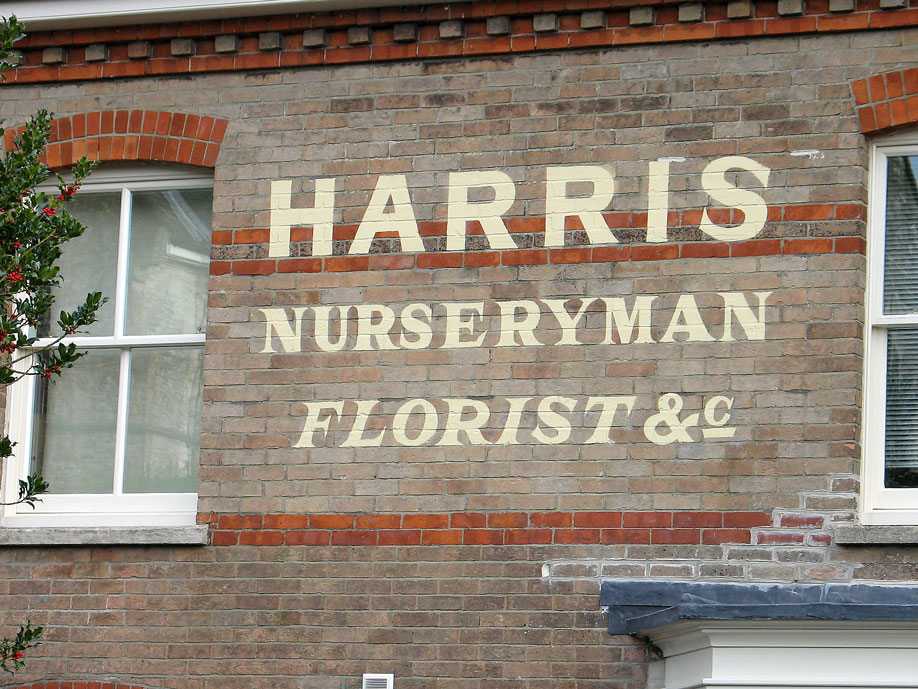
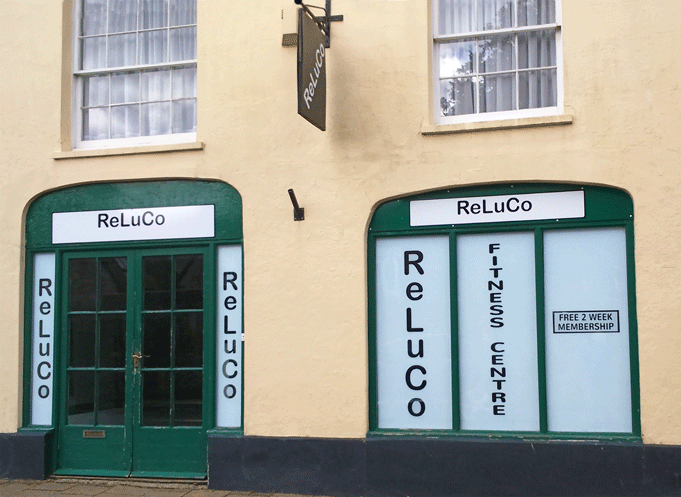
The Sign Industry has seen many changes over the years. The art of traditional signwriting, which many people said could never be replaced by computers and machines, still exists alongside these many changes and advancements.
The first computer based vinyl cutting software programmes produced a crude imitation of the "real thing" with spacing between round letters not being adjusted and a limited number of fonts available to choose from.
Vinyl cut lettering was later joined by the digital print revolution allowing elaborate graphic designs to be printed straight on to vinyl then cut out and applied to various substrates (vehicles, fascias, windows, boards etc) Large flat-bed digital printers can now print straight on the just about any material (metal, banners, plastics etc.) ready for fixing on site.
The quality and durability of these products has now reached an extremely high standard. However, there is still a place for the traditional signwriter as certain types of businesses prefer to have their signage done by hand - jewellers, antique shops, narrow boats, fairgrounds etc. sometimes feel that it says something about the authenticity and reputation of their long established business and the quality of service they provide.
On these pages you will find examples of both signwriting and sign making using traditional and modern materials and methods.
Next time you read a sign just consider for a moment what type of skills were used to create the object of your attention.
The first computer based vinyl cutting software programmes produced a crude imitation of the "real thing" with spacing between round letters not being adjusted and a limited number of fonts available to choose from.
Vinyl cut lettering was later joined by the digital print revolution allowing elaborate graphic designs to be printed straight on to vinyl then cut out and applied to various substrates (vehicles, fascias, windows, boards etc) Large flat-bed digital printers can now print straight on the just about any material (metal, banners, plastics etc.) ready for fixing on site.
The quality and durability of these products has now reached an extremely high standard. However, there is still a place for the traditional signwriter as certain types of businesses prefer to have their signage done by hand - jewellers, antique shops, narrow boats, fairgrounds etc. sometimes feel that it says something about the authenticity and reputation of their long established business and the quality of service they provide.
On these pages you will find examples of both signwriting and sign making using traditional and modern materials and methods.
Next time you read a sign just consider for a moment what type of skills were used to create the object of your attention.

The Sign Industry has seen many changes over the years. The art of traditional signwriting, which many people said could never be replaced by computers and machines, still exists alongside these many changes and advancements.
The first computer based vinyl cutting software programmes produced a crude imitation of the "real thing" with spacing between round letters not being adjusted and a limited number of fonts available to choose from.
Vinyl cut lettering was later joined by the digital print revolution allowing elaborate graphic designs to be printed straight on to vinyl then cut out and applied to various substrates (vehicles, fascias, windows, boards etc) Large flat-bed digital printers can now print straight on the just about any material (metal, banners, plastics etc.) ready for fixing on site.
The quality and durability of these products has now reached an extremely high standard. However, there is still a place for the traditional signwriter as certain types of businesses prefer to have their signage done by hand - jewellers, antique shops, narrow boats, fairgrounds etc. sometimes feel that it says something about the authenticity and reputation of their long established business and the quality of service they provide.
On these pages you will find examples of both signwriting and sign making using traditional and modern materials and methods.
Next time you read a sign just consider for a moment what type of skills were used to create the object of your attention.
The first computer based vinyl cutting software programmes produced a crude imitation of the "real thing" with spacing between round letters not being adjusted and a limited number of fonts available to choose from.
Vinyl cut lettering was later joined by the digital print revolution allowing elaborate graphic designs to be printed straight on to vinyl then cut out and applied to various substrates (vehicles, fascias, windows, boards etc) Large flat-bed digital printers can now print straight on the just about any material (metal, banners, plastics etc.) ready for fixing on site.
The quality and durability of these products has now reached an extremely high standard. However, there is still a place for the traditional signwriter as certain types of businesses prefer to have their signage done by hand - jewellers, antique shops, narrow boats, fairgrounds etc. sometimes feel that it says something about the authenticity and reputation of their long established business and the quality of service they provide.
On these pages you will find examples of both signwriting and sign making using traditional and modern materials and methods.
Next time you read a sign just consider for a moment what type of skills were used to create the object of your attention.


Touch to reveal next picture
Touch to reveal next picture


